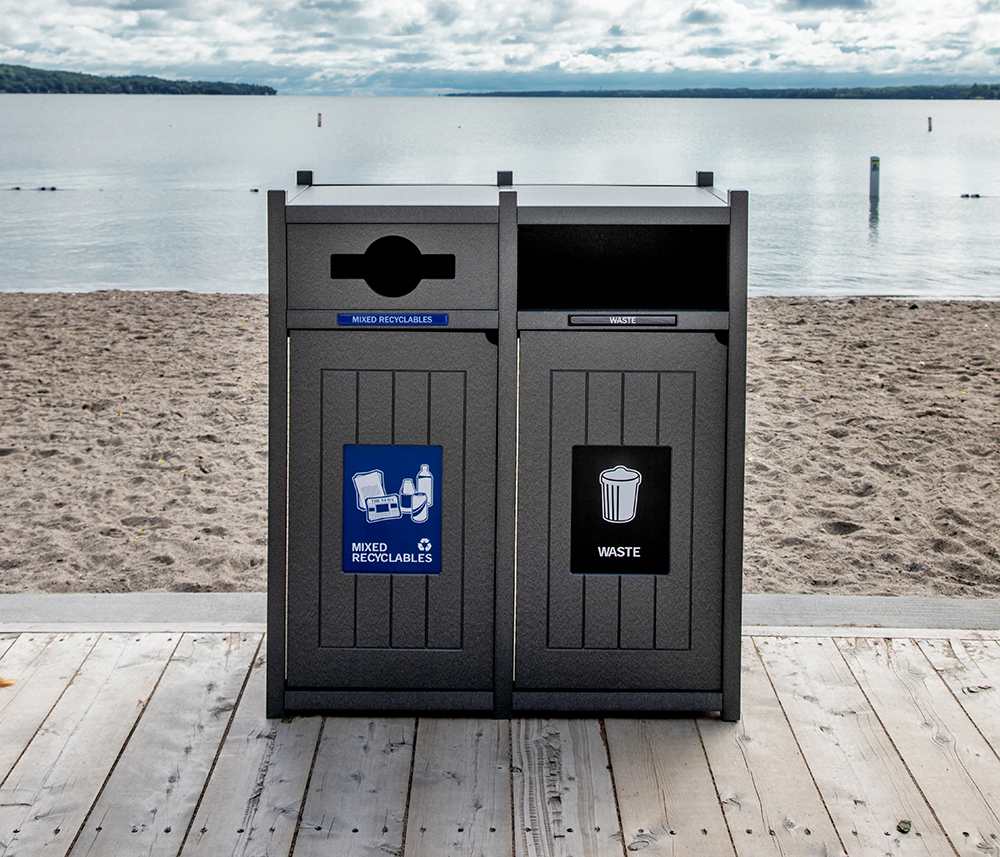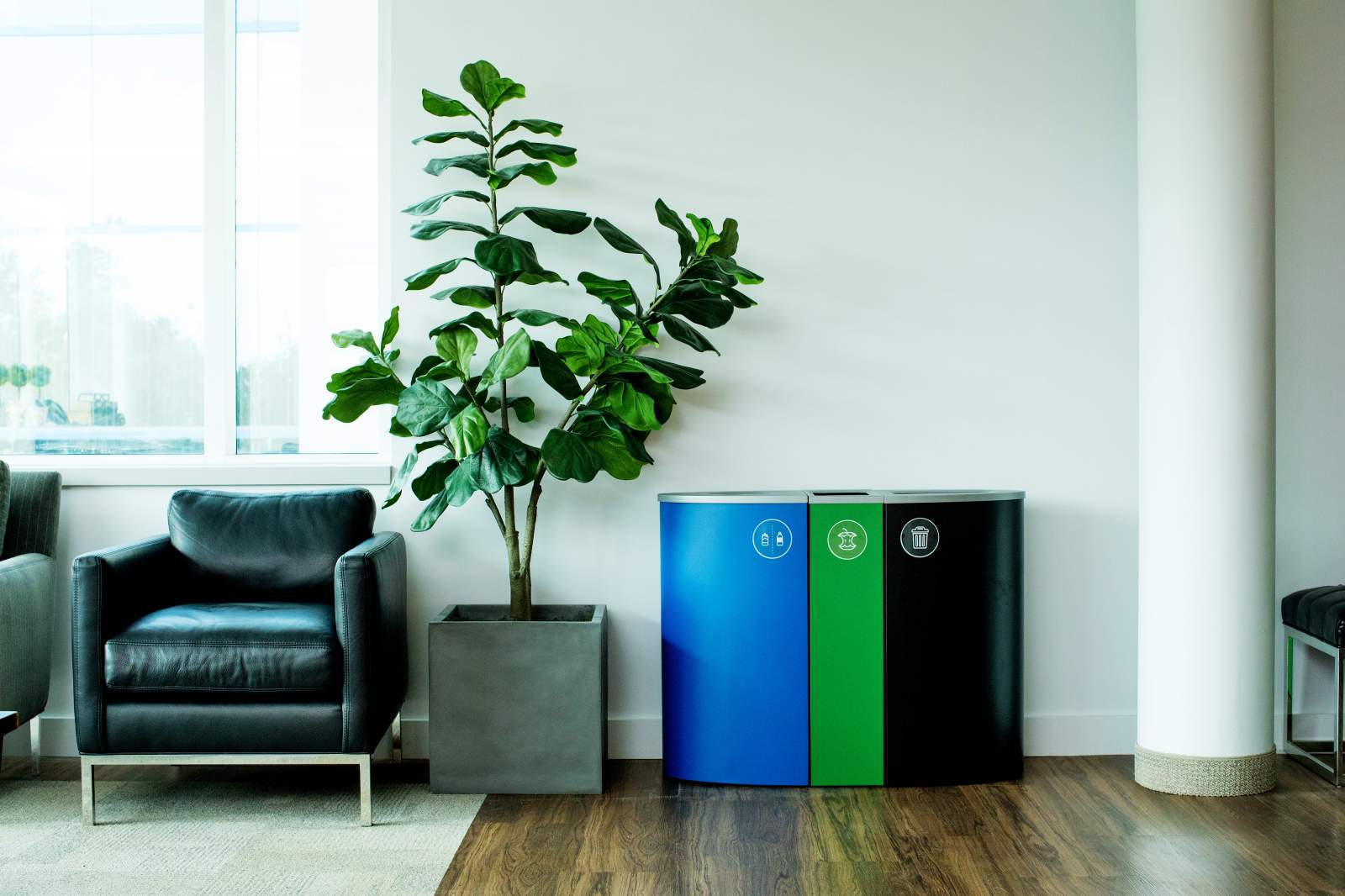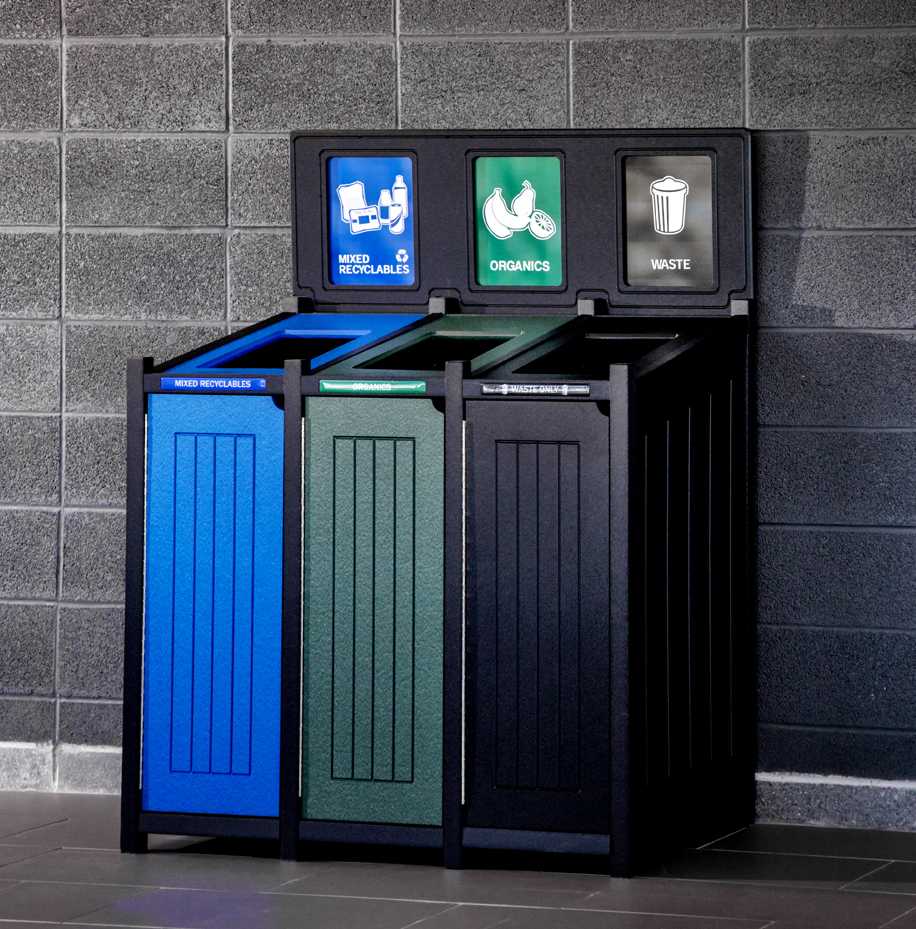Do you feel that becoming green is an expensive, overwhelming task? Well, it doesn't have to be! There are so many simple changes you can make in your everyday life to help the earth. An added bonus is that many of these options will help you save money, a win-win situation for you and the earth! Here are some simple tips that'll help you live an eco-friendly lifestyle:

16 Simple Ways to Be Green
Mikayla Richards | July 21st, 2017
1) Reusable Everything!
Plates, cups, bags, cutlery, napkins… shall we go on? Disposable anything should be a thing of the past! Not only do reusable items save the environment, they can save you a lot of money.
2) Unsubscribe to Junk Mail and Newspapers
Most people don’t read junk mail, and if you do, chances are you're only finding one or two useful coupons. Do yourself and the environment a favor by unsubscribing to junk mail. If you're worried about not getting deals, there are many apps and websites that give you access to a wide variety of coupons. Often these sites provide more options than junk mail so maybe it’s time to start extreme couponing!
Same goes with your newspaper, if you don’t read it, it's best to unsubscribe. Many newspapers, if not all, have an online version. Try subsscribing to their digital version so you can still catch your favorite column or comic strip!
3) Get a House Plant
A house plant is a simple inexpensive option that can help improve the air quality of your house by absorbing carbon dioxide and any toxins that are in the air.
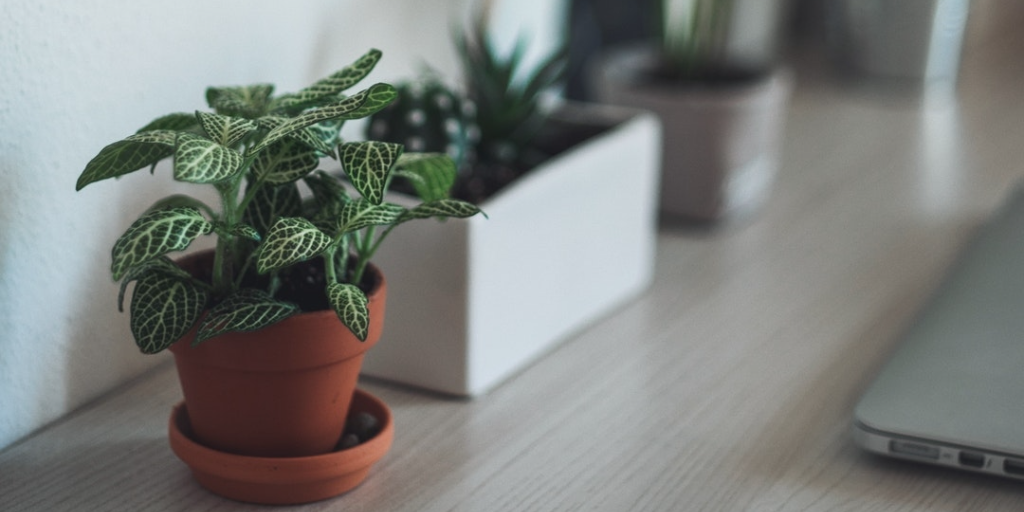
4) Meatless Mondays or Vegan Fridays.. or both!
Eating less meat can help the environment by reducing the number of greenhouse gases that are released. Reducing meat consumption can also help you save money and improve your health. Plus, it gives you a great opportunity to get creative and explore some new recipes!
5) Quality over Low Price
This methodology can apply for everything you buy from furniture, shoes, electronics and clothes. It's almost always better to spend more money on a quality item than purchasing a cheaper, lower quality item. This is because a lower quality item will likely have to be replaced more frequently which creates more waste. In the long run, you can save money when purchasing a quality item because it will last longer. The higher initial upfront cost will protect your wallet and the environment over time.
Don’t get me wrong, if you can find a quality item for a low price (remember those coupons?) then go for it! The key is to not sacrifice quality for price.
6) Be Smart with Grocery Shopping
Try to shop locally whenever possible. When that’s not an option, try to buy organic and purchase items in bulk. It's a good idea to avoid prepackaged meals and frozen dinners, they are unhealthy and have a lot of packaging. Plus, they never taste as good as a home cooked meal!
Another tip for grocery shopping is to meal plan before you go. Meal planning will prevent you from over shopping and will help you focus only on the items you need.
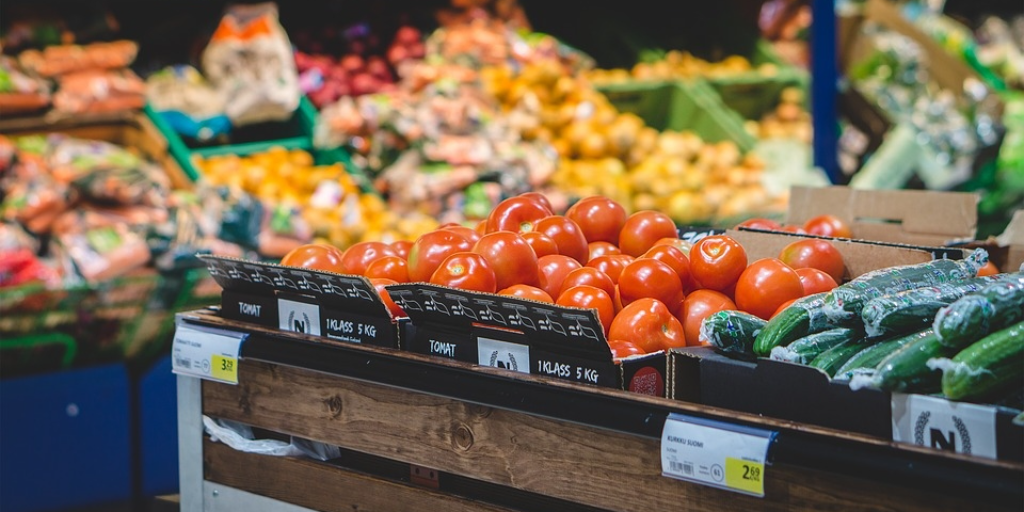
7) Pre-cycle, Recycle, Upcycle
- Pre-cycle: Eliminating waste from the start! Pre-cycling is doing daily activities in a way that doesn’t create waste. Do you pack your lunch in reusable containers? If so, you're already pre-cycling and if not, it’s a good place to start!
- Recycle: Recycling is taking used items and reusing the materials to make new products. Recycling paper and plastic allows these materials to be converted into raw materials that can then be made into the same item or a similar one.
- Upcycle: Using materials that you no longer want and giving them a new life by making them into something new. An example is taking an old pair of jeans and making them into a new pair of shorts or a skirt.
8) Windows
Take advantage of your windows because they can be eco-friendly in so many ways. First, they let in natural light which can eliminate the need for lights. Also, when opened, they allow outdoor air into the house which helps keep your home fresh and cool. If the air conditioning or heat is on be sure that the windows are closed tightly to prevent the air/heat from over working!
9) Buy Second Hand
Check out thrift shops, Goodwill, garage sales and Kijiji! Also, when you're done with your clothes, donate them!
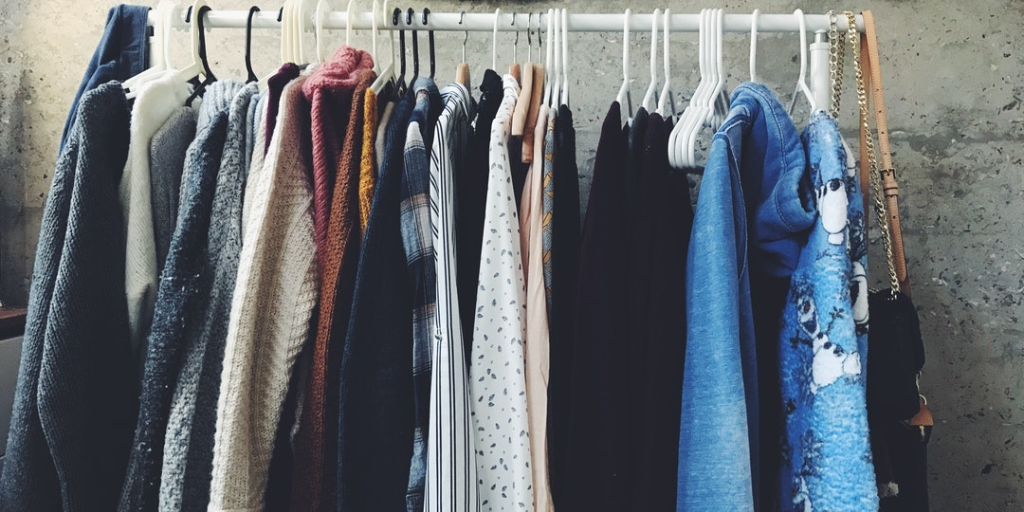
10) Buy One Less Thing
This can be tailored for every individual person. Either every week or month make an effort to buy one less item. Everyone loves ‘stuff’ but the more that's purchased, the more ends up in the Landfill. By reducing the amount of things you buy, you've personally diverted anywhere from 12 to 52 items from the landfill each year!
11) Swap Party
Get together with friends who have similar tastes and everyone brings items that are in good condition but are no longer wanted. By swapping items, you can get rid of something you don’t want and get something new without spending any money! You can swap shoes, clothes, books, accessories…really anything! A swap party keeps items out of landfill and money in your wallet.
12) Dress for the Weather
Instead of turning up the air or heat, take a look at how you're dressed! When you're cold, add a sweater and some warm socks. When it's hot it's best to opt for light flowing clothing and sandals.

13) Conserve Water
Turning off the tap when brushing your teeth, having shorter showers and watering your grass less are all ways that can help save water. This precious resource isn't infinite and we all need to work to ensure water is here for future generations!
14) Turn off the Lights
It was annoying when your parents used to nag you to turn off the lights, but now that you pay the electricity bill you can understand why! Turning off the lights when they aren't being used saves energy which saves the environment and some cold hard cash.
15) Leave the Car at Home
Not everyone has the luxury of being able to walk or bike to work but if you can, try it! If you can’t, consider taking public transportation. You don’t have to only walk to work, it can be anywhere. Try to pick one place you'd usually drive to and start walking instead – maybe a great excuse to walk off that dessert after a dinner out!
16) Laundry
While doing your laundry, a green option is to wash on cold and hang dry after. Also, whenever you are washing clothes try to make it a full load.
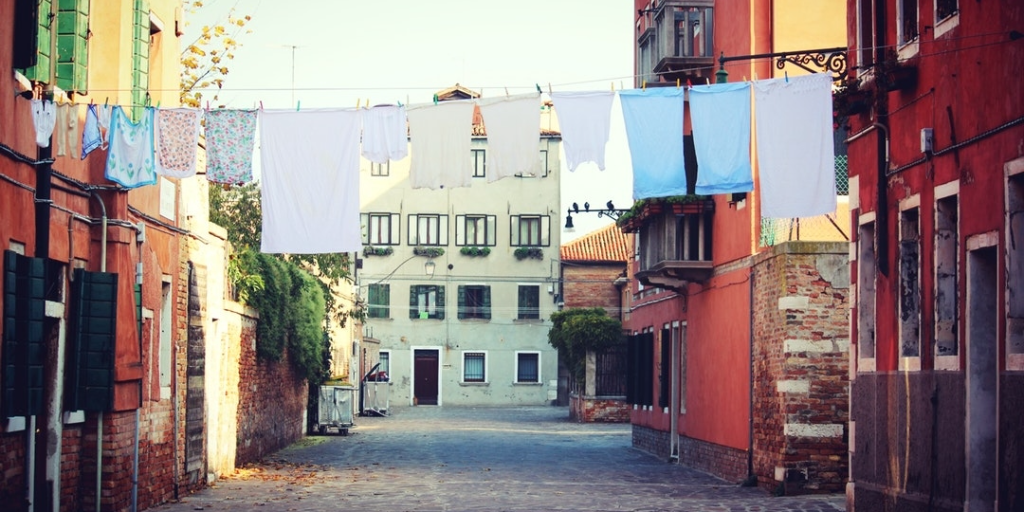
These tips can help anyone embrace a more sustainable way of living without breaking the bank. Saving money and helping the environment, sounds like an all-around win to me!
Did you find this Page helpful?
















